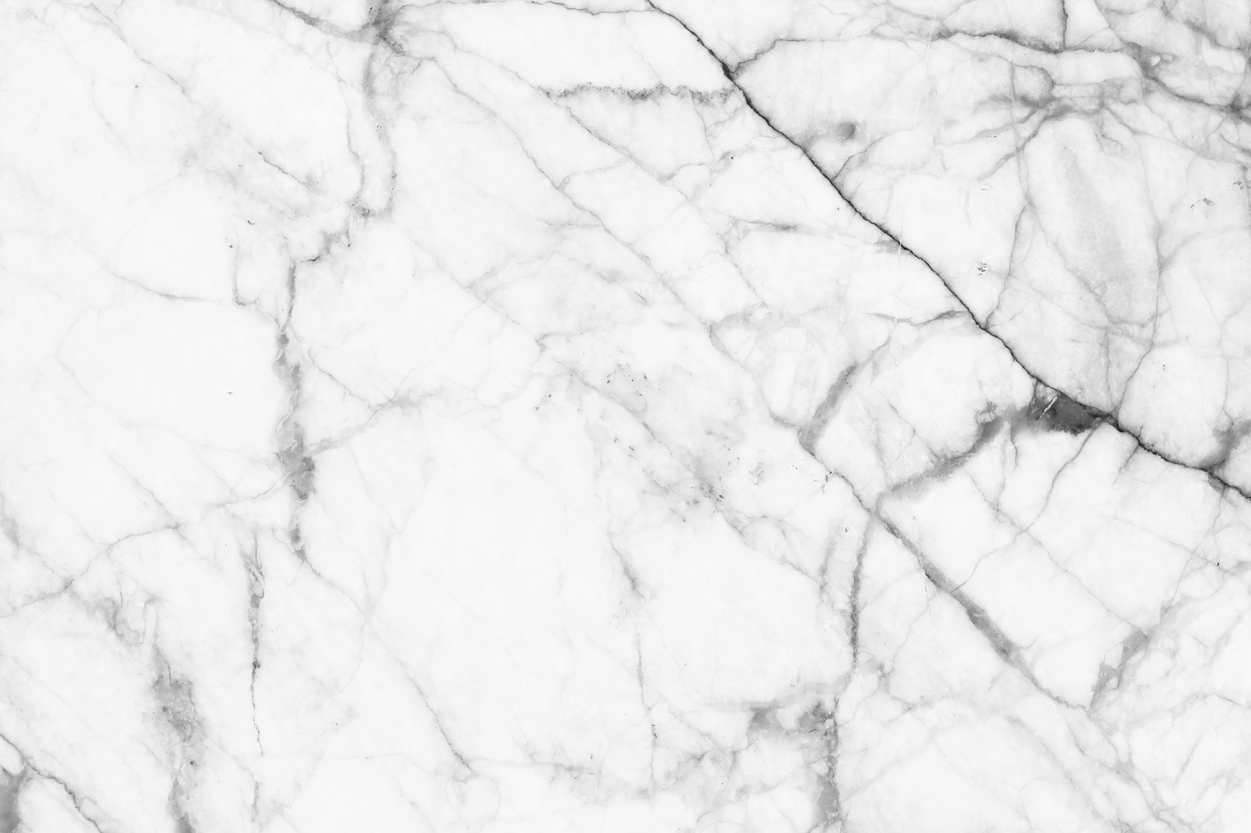Prior to the making of the strips, I did some research on a few artists and their works.
1. Ed Moses Drawings from 1960 and 70ties
-large graphite drawings of roses from 1960s to signature diagonal grids of 1970s and beyond
-intense experimentation and innovation in all media
-made quirky earthy grids, cutting holes and walls and ceilings
2. Sol LeWitt “Scribbles”
-black pencil of first wall drawings of serenties
-try to detach from wall in the most illusionistic way
-create sense of depth while maintaining physical integrity of wall through bundles of thick and chiaroscuro’s signs
3. Gunpowder drawings by Cai Guo Qiang
-“I wanted to investigate both the destructive and the constructive nature of gun powder, and to look at how destruction can create something as well.”
-ignite gun powder explosives laid on paper
-use natural energy forces to create works
4. Hilma af Klint
-her paintings sometimes resemble diagrams, visual representation of complex spiritual ideas
-work includes The Swan and The Dove, symbolic of transcendence and love
-created experimental automatic drawing
-spirituality being her main source of creativity
-impregnated with symbols, letters and words
-symmetrical dualities or reciprocities: up and down, in and out, good and evil
5. Emma Kunz
-healer and researcher
-from 1938 she created large scale pictures on graph paper
-works represented by strictly geometric drawings on graph paper with pencil, coloured pencil and oil pastels
-content provides answers to questions about life and its spiritual implications
-use her pictures to help physical or mental problems of her patients, with each colour and shape holding a precise meaning
-grounded in spiritual belief
6. Agnes Martin
-Art works include Falling Blue (1963), Loving Love (2000), This rain (1960), Red Bird (1964), Night Sea (1963)
-create serene paintings composed of grids and stripes
-attention to subtleties of line, surface, tone and proportion
-belief in transformative power of art to conjure abstract emotions like perfection and beauty
-works involved from geometric paintings to seemingly blank paintings made of penciled grids on large square canvases to bold geometric forms again
7. Andy Warhol’s Shadows
-one painting in multiple parts
-background of shadows painted with sponge mop while displaying warhol signature palette of bright hues
-shadows alternate between positive and negative imprints along wall of gallery
-each shadow corresponds to a form that reveals, with precision and self awareness, returns to quintessential problem of art which is perception
8. Oxidations
-done by coating canvases with wet copper paint and urinating on them
-urine oxides and change colour
9. Rorschach
-modeled on ‘inkblot’ test
-paint one side and then fold to imprint the other half
10. Julie Mehreth
-Works include Stadia I, II, III
-known for densely layered abstract paintings and prints
-works refer to elements of mapping and architecture
-works engage history of nonobjective art from constructionism to futurism
-makes large scale gestural paintings that are built up through layers of acrylic paint on canvas overlaid with mark-making using pencil, pen, ink and thick streams of paint
-conveys layering and compression of time, space and place
11. Cy Twombly
-works include Untitled (1953), Leda and the Swan and Untitled (1970)
-graffiti-like scribbles and scratches
-repetitive and rhythmic drawing
-sketching unidentifiable doodles and splotches or words directly onto the canvas and by creating line based compositions, often inspired by handwriting
-suggest subtle narratives that lay beneath surface of his paintings
12. Franz Kline
-associated with abstract expressionist movement of 1940s and 1950s
-Works include Painting number 2 (1954), Chief (1950), Mahoning (1956)
and Orange Outline (1955)
-known for large black and white paintings bearing abstract motifs set down
-create physical engagement with viewer
13. Yves Klein
-important figure in post-war european art
-remembered for his use of a single colour, rich shade of ultramarine that he made his own: International Klein Blue
-Works include Blue monochrome (1957)
14. Mark Bradford
-work in both paint and collage, incorporate elements from his daily life into canvases for example remnants of found posters and billboards, graffitied stencils, logos and hairdresser permanent end papers
-use discarded objects to make his artwork
-works include The Devil is Beating His wife
